|
|
|
| IberIAN
GRID INFRASTRUCTURE CONFERENCE |
|
|
City information:
|
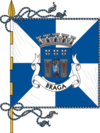

Braga (Portuguese pronunciation: [ˈbɾaɡɐ]), a city in the Braga Municipality in northwestern Portugal, is the capital of the Braga District, the oldest archdiocese and one of the major cities of the country. Braga is the oldest portuguese city and, one of the oldest christian cities in the World. With an urban population of 175,063, Braga is the seventh largest municipality in Portugal by population (including the city and suburban parishes, the municipality had a total of 62 parishes and 175,063 inhabitants as of 2007). Braga is also the center of the Greater Metropolitan Area of Minho with a population of 826,833 (2007) one of the fastest growing urban areas in the European Union.[citation needed] Under the Roman Empire, as Bracara Augusta, it was capital of the province Gallaecia. The urban area extends from the (river) Cavado to the (river) Este. Braga is serviced by regional and fast trains to Porto and Lisbon. The city of Oporto (Porto) is about 53 km.
|
|

The region of Braga has been inhabited since pre-historic times, and in the Iron Age the Bracari people occupied the region and built their characteristic fortified villages (castrum). It was the capital of the Callaici Bracarii, or Bracarenses, a tribe who occupied what is now Galicia and northern Portugal. The Romans began their conquest of the region around 136 BC, and during the times of Emperor Augustus (around the year 20 BC) the city of Bracara Augusta was founded in the context of the administrative needs of the new Roman territory. Bracara was dedicated to the Emperor, hence its name Augusta.
The city of Bracara Augusta developed greatly during the 1st century and reached its maximum extension in the 2nd century. Towards the end of the 3rd century, Emperor Diocletianus promoted the city to the status of capital of the newly-founded province of Gallaecia.
During the times of the Germanic Invasions of the Iberian Peninsula, Roman power was dissolved and Bracara Augusta and the whole region of Gallaecia fell into the hands of the Sueves, a Germanic people from Central Europe. In 410, the Sueves established a Kingdom in the Northwest of Iberia and chose Bracara as capital. But about 584 it passed into the hands of the Visigothic conquerors of Hispania, whose renunciation of the Arian and Priscillianist heresies, at two synods held here in the 6th century, marks the origin of its ecclesiastical greatness. The archbishops of Braga retain the title of primate of Portugal, and long claimed supremacy over the Hispanic church also; but their authority was never accepted throughout Hispania.
Braga had an important role in the Christianisation of the Iberian Peninsula. The first known bishop of Braga, Paternus, lived in the end of the 4th century, although Saint Ovidius (d. 135 AD) is sometimes considered one of the first bishops of this city.[1] In the early 5th century, Paulus Orosius, a friend of Saint Augustine born in Braga, wrote several theological and historical works of great importance. In the 6th century a great figure was Saint Martin of Braga, a bishop of Braga who converted the Sueves from Arianism to Catholicism. He also founded an important monastery near Braga, in Dumio (Dume), now an archaeological site. Several Councils were held in Braga during this period, a sign of the religious importance of the city.
|
|
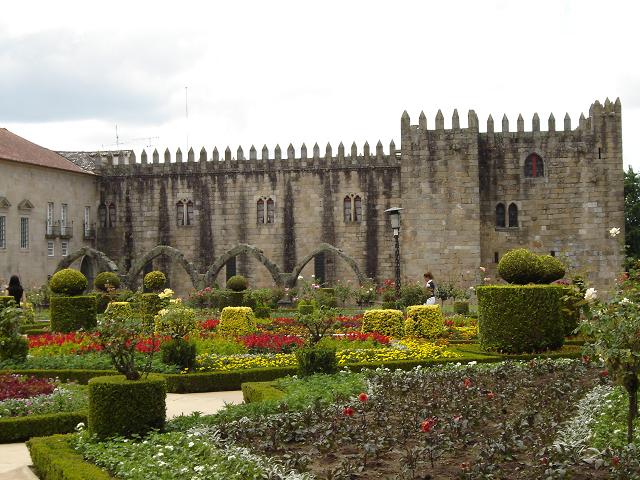 The history of Braga during Visigothic and Arab times is very obscure and represents periods of decadence for the city. From the Moors, who captured Braga early in the 8th century, the city was retaken in 1040 by king Ferdinand I of León and Castile. From 1093 to 1147 it was the residence of the Portuguese court. The bishopric was restored in 1070, and the first new bishop, Pedro, started rebuilding the Cathedral, many times modified in the following centuries. In the early 12th century, Count Henry of Portugal and bishop Gerald of Moissac managed to turn Braga into an archbishopric seat, with power over a large area in Iberia. The medieval city developed around the cathedral and covers only a fraction of the ancient Roman city. The maximum authority in the city remained that of the archbishop.
The history of Braga during Visigothic and Arab times is very obscure and represents periods of decadence for the city. From the Moors, who captured Braga early in the 8th century, the city was retaken in 1040 by king Ferdinand I of León and Castile. From 1093 to 1147 it was the residence of the Portuguese court. The bishopric was restored in 1070, and the first new bishop, Pedro, started rebuilding the Cathedral, many times modified in the following centuries. In the early 12th century, Count Henry of Portugal and bishop Gerald of Moissac managed to turn Braga into an archbishopric seat, with power over a large area in Iberia. The medieval city developed around the cathedral and covers only a fraction of the ancient Roman city. The maximum authority in the city remained that of the archbishop.
|
|
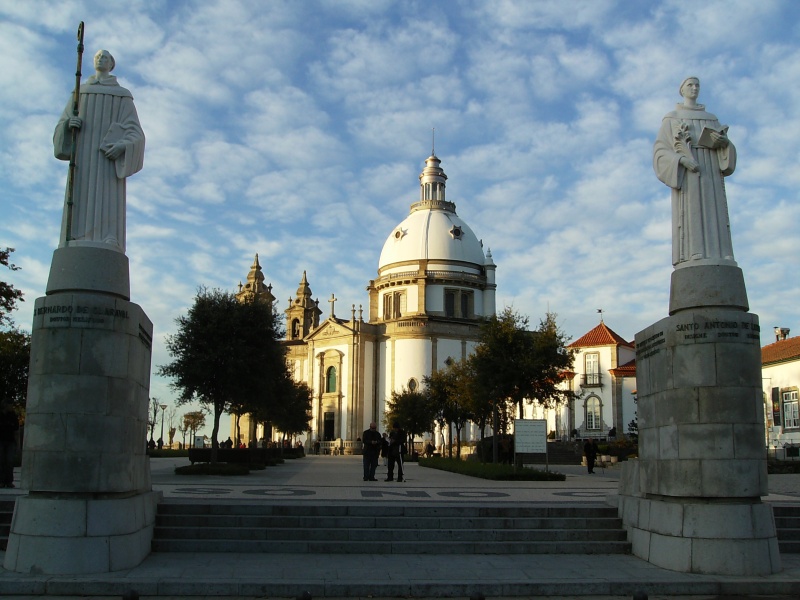
In the 16th century, Braga did not profit from the Age of Portuguese Discoveries, that favoured cities like Lisbon, Évora and Coimbra. This situation was changed by Archbishop Diogo de Sousa, who sponsored several urban improvements in the city, including the enlargement of streets, the creation of public squares and the foundation of hospitals and new churches. He also modernised the cathedral by adding a new main chapel in the fashion of the time, the manueline style. Diogo de Sousa turned the mediaeval town into a renaissance city, and many of his improvements can still be seen in modern Braga.
Another golden age for the city was the 18th century, in which archbishops and architects like André Soares and Carlos Amarante dotted the city and surrounding region with beautiful baroque churches and civil buildings. The Municipality, the Public Library building, the Sanctuary of Bom Jesus do Monte and many urban palaces date from this period.
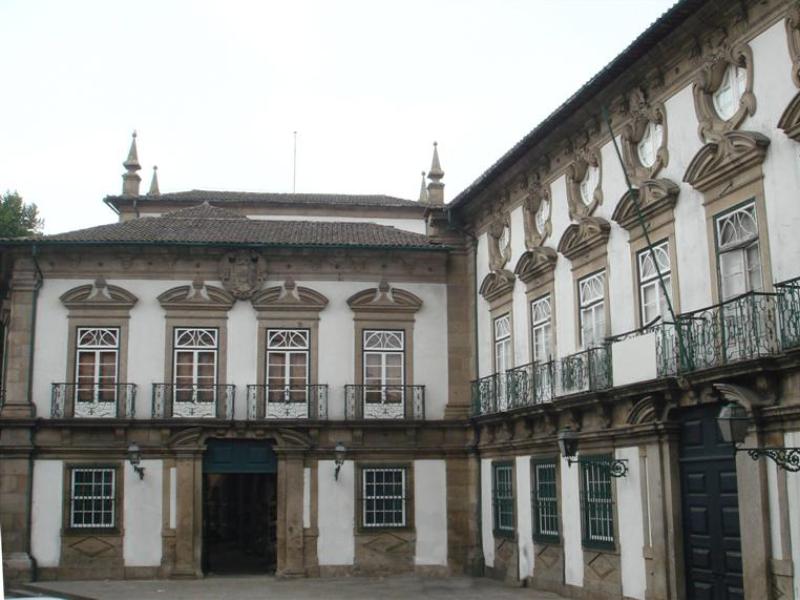
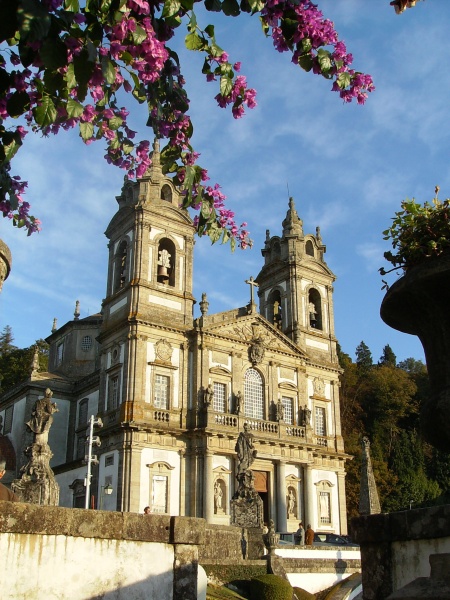
|
|
|
The 19th century was a difficult period for the city and the country, which had been invaded by Napoleonic troops. In the second half of that century, the influence of Portuguese immigrants who had lived in Brazil introduced new tastes and improvements in the city architecture and infrastructure.
In the 20th century Braga faced great demographic and urbanistic pressures, and the infrastructure of the city had to be greatly improved to meet the new needs.
more pictures...
|
Source text from wikipedia
|

